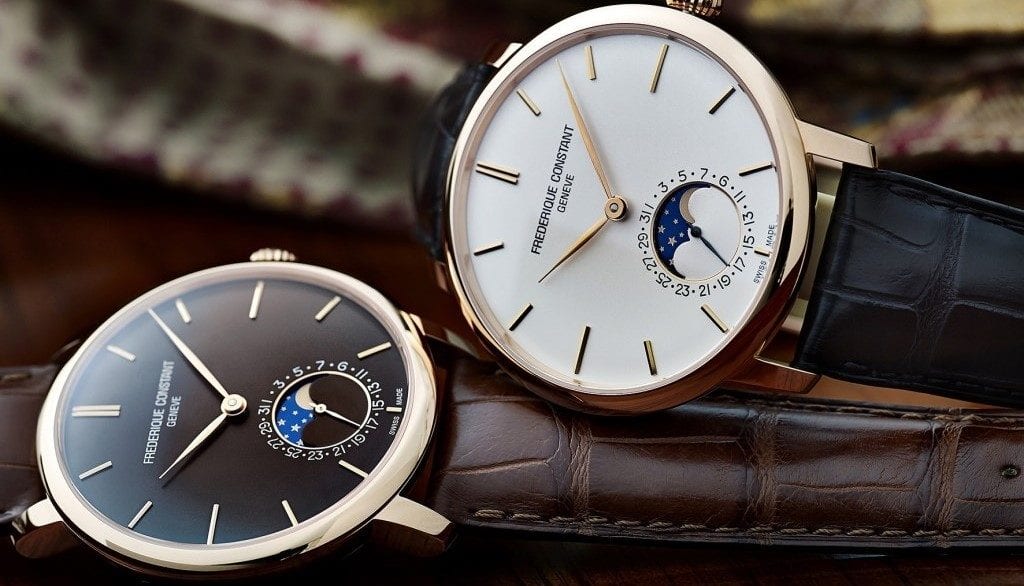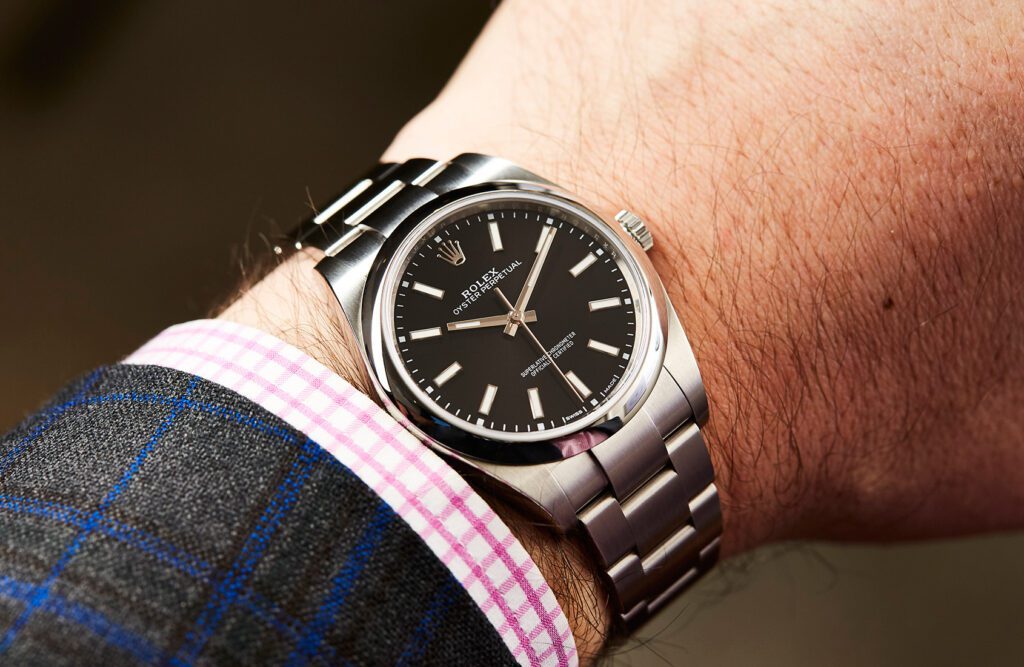How Swiss Watchmaking Became an Empire

The history of timekeeping has shifted based on perceived excellence, the changing of technology, and the rise of competitive ideas in the industry. Nowadays, stamping “Swiss” on the dial of a watch denotes a level of quality that surpasses all others. This wasn’t always so. It took the rise of wristwatches, the decline of the British Empire, and the advent of mass commercial marketing to achieve this feat. History, it seems, can be written by the victors—even in the world of horology. But just how have the Swiss come to dominate the psychology of fine timekeeping above all others? It came from a supportive infrastructure—within the competitive market of watchmaking—as timekeeping moved into the 20th century.
Getting Off the Ground
Before getting too ahead of the story, the Swiss started out a little late compared to other European nations—in terms of building timepieces. Clockmaking itself began about 100 years before watchmaking started emerging. Indeed, the first clocks appeared in Europe as early as the 14th century. Fast forward from there and watchmaking starts to take root in Europe by the 15th century. However, Switzerland would not see much of horological crafting until the 16th century—200 years after the first mechanical clocks were hitting the scene.
French Huguenot refugees in the 1550s settled in Geneva Switzerland. Many of these refugees had skills in designing jewelry and finery. Not long after arriving, Calvinist policy kept Swiss citizens from wearing/manufacturing jewelry. Fearing for the death of their trade, French and Swiss jewelers living in Switzerland adopted watchmaking to earn a living. It was protestant reformer John Calvin that created a market for Swiss watchmaking—and Geneva’s reputation for watchmaking would grow over the following centuries.
England’s Shadow and the Rise of Mass Production
It was in the 19th century that Swiss watchmakers started making massive international waves. Switzerland during this time was creating knock-off versions of English timepieces and selling them at higher volume—and at a lower price. Where England was making around 200K watches a year (circa 1850), the Swiss were pumping out 2million. Getting out the volume was a solid economy for Swiss watchmakers, but through the latter half of the 19th century American manufacturers began mass-production of their timepieces. This cut 75% of Swiss exports to the States and crippled a lot of established names in Swiss timekeeping. Some watchmakers like Blancpain (among others), however, adapted to the changing times.
The 20th Century

After the first World War, wristwatches began hitting the scene. A particular wristwatch of note from Switzerland was the “Oyster” by Rolex. Premiering between WWI and WWII (1926), the Rolex Oyster boasted water-proof quality—keeping it ahead of times in terms of performance and design. Other watchmakers and emerging brands like Omega went all-in on this new trend of wristwatches with loads of success. With the Brits being worn further and further down by global conflict—and American mass production focusing on affordability/volume over genuine quality—the Swiss were able to get a leg up in terms of standout pieces.
Reinforcing this prowess was the establishment of the Société Suisse pour l’Industrie Horlogère (SSIH) in 1930. Many of Switzerland’s largest maisons (houses) teamed up in terms of sharing innovations and new technological developments under this umbrella. Without stepping on one-another’s toes too much, the SSIH set up an intellectual/economic infrastructure that would harbour the greatest innovations in Swiss watchmaking—and get those ideas out to the world. Now known as Swatch, the SSIH still exists today and helped many of the heavy hitters (TAG, Omega, Rolex, etc…) weather the introduction of quartz/electronic watches to the market in the 1960s and 70s.
A Lasting Legacy
Swiss watchmaking has been a resilient industry, holding its own for nearly five centuries. Surviving war, hits on exports during the 19th century, and the emergence of Japanese quartz, Swiss watchmaking will likely continue its dynasty through the next century. Even with the emergence of smartwatch tech, Swiss brands carry a legacy of cooperation and historical significance that reinforces their timepieces against rising tides. Although some brands are simply brands—missing much of their original panache—the staples of Swiss timekeeping stand proud for a reason. Without many of them we would not have the timing and water resistance standards of modern pieces. In a way, almost every modern watch could be seen as at least a little Swiss. Their influence on the horological family tree will be felt as long as watches continue to tick on our wrists.
Times Ticking has been in operation for more than 30 years, since 1982. We have performed watch repair for customers both locally and internationally. If it Ticks! We KNOW it! Our team of watch repair technicians have a combined experience in watchmaking of over 120 years.

